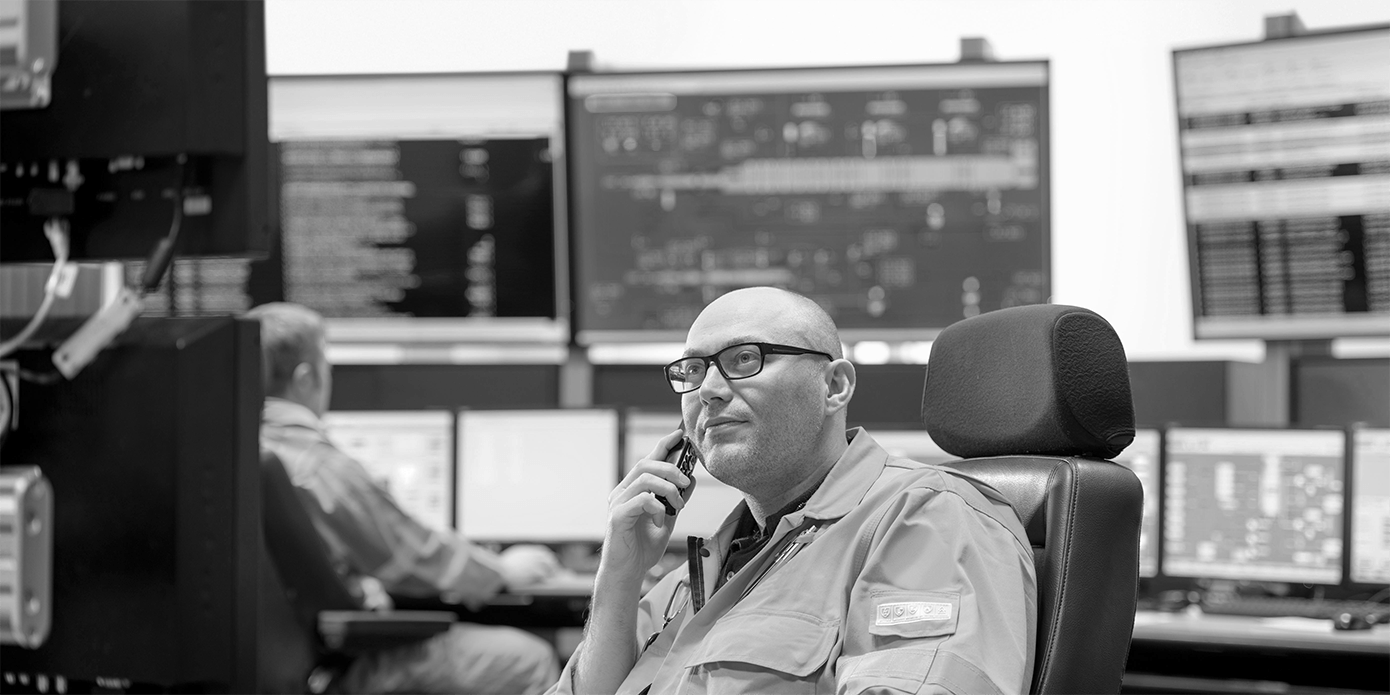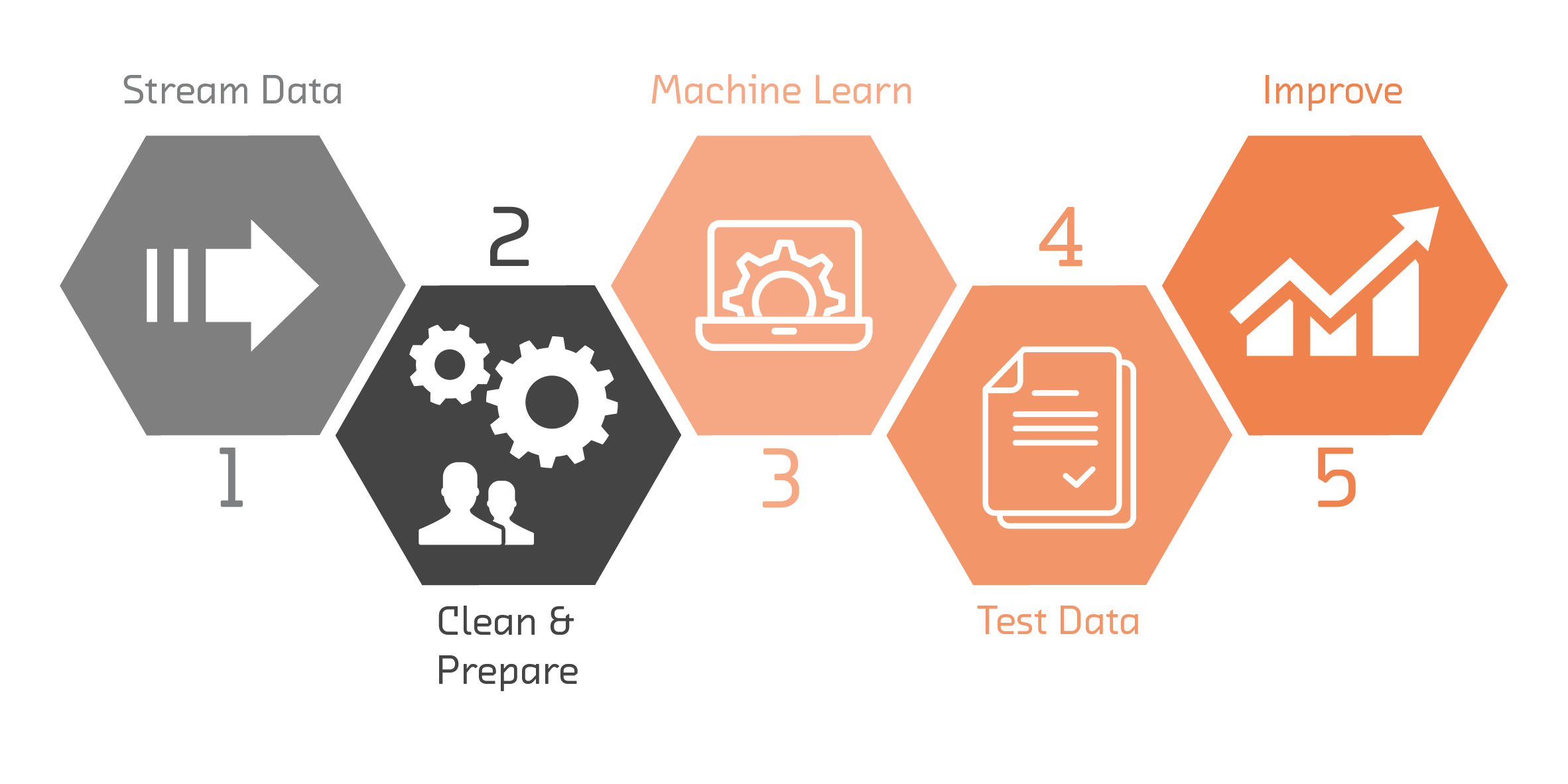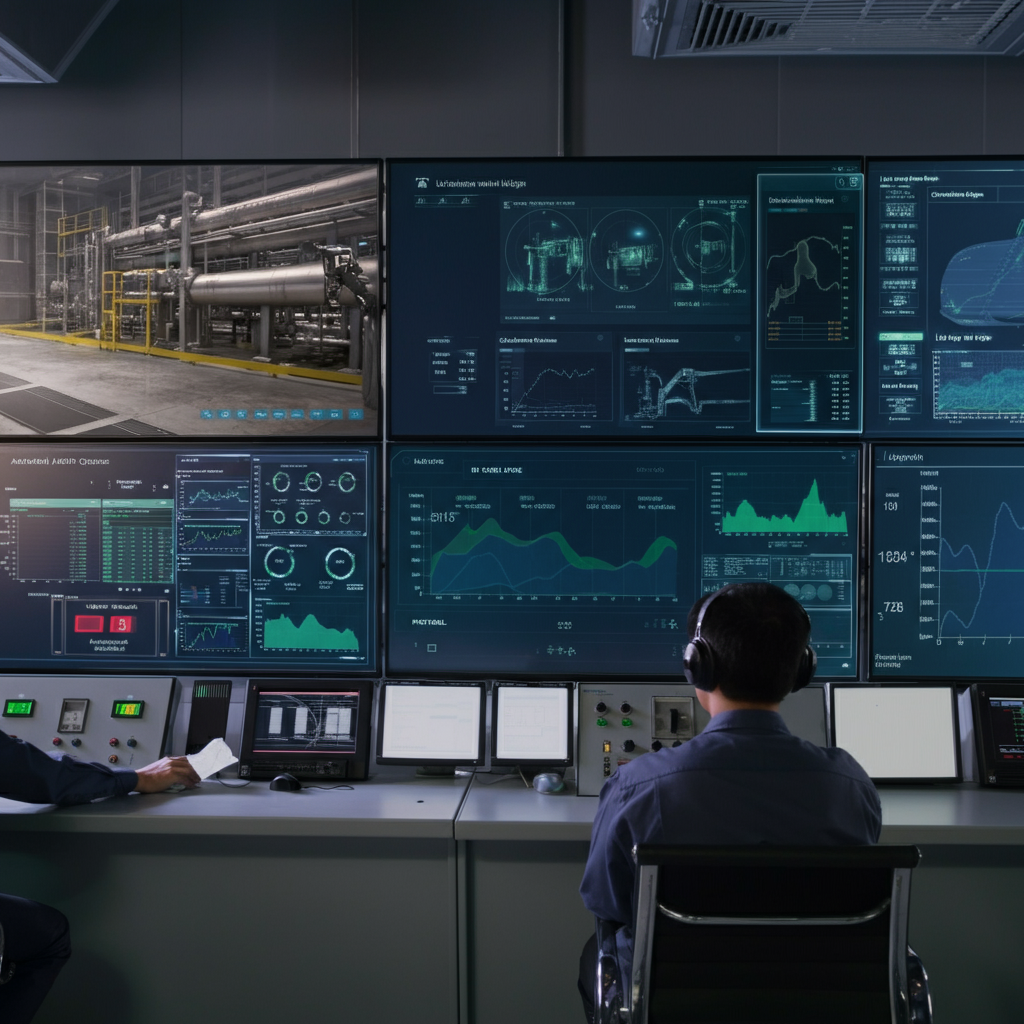In today's rapidly changing technological landscape, industries are constantly looking for ways to integrate new solutions that enhance safety, efficiency, and overall operability. However, introducing new technologies, particularly in highly regulated and conservative industries, presents a unique set of challenges.
3 min read
Challenges and strategies for integrating new technologies in industrial environments
By Michael Gani on 06/05/25 10:39
Topics: Digitalization
5 min read
Can AI replace the control room operator?
By Bjarne André Asheim on 23/04/25 15:08
Control room operators are the backbone of industries like nuclear, oil and gas, petrochemicals, and process industries. They manage intricate systems, oversee critical processes, and react quickly to unforeseen incidents to ensure safety, efficiency, and continuity in operations. But with Artificial Intelligence (AI) and machine learning breaking new ground, one question stands at the forefront of industry discussions: Can AI replace these operators?
Topics: Artificial Intelligence AI Research
3 min read
Uncovering Energy Waste in Processing Plants
By Bernt Eldor on 24/04/23 10:00
Are you the owner of a processing plant or a part of its management team? If so, then you may have experienced an energy loss problem, a common issue in many industries. Despite spending time and money on training staff to be energy-conscious, production plants often need additional help to properly manage their energy use.
Topics: Environment Reduce emissions
4 min read
How energy management strategies can impact your business
By Ivan Rott on 29/03/23 12:03
Most organizations know that they need to save energy, but many are unsure of the best way to go about it. Energy management practices ensure compliance with local regulations regarding energy efficiency, in addition to saving costs and resources. Companies that adopt energy management strategies are also more likely to sustain their competitive edge by reducing production times, enabling more efficient workflows, and giving them an overall increase in productivity.
Topics: Environment
3 min read
6 ways to improve the quality of HAZOPs
By Bernt Eldor on 02/02/23 11:27
If you are responsible for process safety, then you know how important it is to perform a high-quality hazard and operability study (HAZOP) analysis. HAZOPs are highly effective at identifying potential hazards and risks in industrial facilities and processes. A good HAZOP will help identify potential issues and mitigate risks before they cause problems. However, conducting a successful HAZOP requires careful planning and execution.
Topics: Root causes
4 min read
How to detect and avoid Failure Propagation in Processing Systems
By Bernt Eldor on 18/01/23 14:05
Failure propagation (and the potential severity we are facing) in processing systems is a key factor to consider when assessing the reliability and stability of any system. It can occur due to a variety of causes, such as hardware or software malfunctions, environmental factors, or user errors. The effects of failure propagation can be devastating if left unchecked, resulting in data loss, system downtime, and other costly consequences. Therefore, it's necessary to understand how failure propagates through systems so that risks can be detected and mitigated, before they become critical issues.
Topics: Root causes
6 min read
How do we increase efficiency with integrated operations centres?
By Ivan Rott on 19/10/22 11:45
For modern industry, digitalization is about ensuring effectiveness and efficiency of operations by collecting quality data available from the plant and organization, turning the data into insights, and insight into actions. The recent "industry 4.0" and "IIoT" trends has made a lot of data available. So now we have to make sure this data is properly utilized in the design and operational decision-making processes to ensure commercial and competitive advantage.
The Integrated Operations Centers (IOCs) enables and promotes a strategy for more forward-looking operations. We can see an increased number of more centralized collaborative environments, which are set up with inter-disciplinary resources who use enhanced data integration, visualization, analysis and new technologies. Some companies uses other terms such as SMART room, operation centers or digital operations support centers. One example is the ADNOC impressive Panorama Digital Command Center.
Support activities for plant operation are already well established. Remote technologies have been used for common operational tasks for a long time. These tasks include: plant equipment diagnostics, process monitoring, maintenance planning, and historical event/alarm analysis. The future plans include more operations being carried out remotely, reducing the need for exposing people to high risk situations. Remotely controlled and even autonomously operated plants are being planned.
The Future of IOC
Current digitalization trends drive more focus, new users, and more applications into the IOC environment. It is important that the centers keep applying better digital technologies, as this enables working smarter, safer, and more efficiently. This may also support collaboration with suppliers and partners and improve how knowledge is shared across the internal and external organization.
As a result we can expect that the IOC expansion will change the work dynamics between the remote work environment and the operational setup on-site. The tasks for a modern IOC environment includes advanced optimization of production, collaborative work tools, more predictive maintenance planning/execution activities, and other smart manufacturing tools facilitating safer and more efficient, sustainable production.
The purpose and benefits of the IOC
We should expect a range of different setups, solutions and technologies being adapted among the different companies establishing an IOC environment. The IOC will in most cases serve as a back-office support center while the control room always are the "hands" for operating the plant. Hence role of the control room is to instantly deal with production issues while IOC mainly deals with long-term optimization and are supporting all stakeholders.
The IOC could be set up with a wide variety of task with adapted tools and technologies handled by different experts and teams. Among them can be: Reservoir, Drilling and Wells, Rotation Equipment, Logistics, Meetering, Emissions and Power consumptions, Process Optimization, Maintenance, RCA and event analysis, Emergency Teams and Stand-By services, and more.
There is no doubt that all these experts and teams will provide information, experiences and improved data-analytics on how to tune equipment and processes, calculate power consumptions and emissions, understand the wells and reservoir behaviours, etc, which will help with the production efficiency. Therefore, it is important that all the data and resources are planned, integrated and "operationalized" so they will ensure better and safer operations. This also implies that for support to the "live-operation", the control room operators will need to know which situations they should call for support, to whom and when, as well as when personnel from IOC proactively contacts the control room. The control room will need the correct support at the right time.
It is important to be aware that smart applications and expert resources may not always work seamlessly together without adding new complexity and risks. For unmanned assets, we have to make sure that we have captured all possible equipment- and process-failures and implemented the automated means to deal with them.
The Control room Operator's needs
For the control room operators (whether on-site at a manned installation or at a remote control room), the information needed for decision-making could have increased during the past few years. The IOC acts as a decision support system and bring end-to-end operational visibility across facilities, for safe and effective operations. More monitoring, calculations, and forward-looking information will help the control room operators with better operations, however it also adds complexity to the plant operations.
Recent research discusses the topics of situational awareness vs. advanced situational awareness and concludes that building an ergonomically "correct" working environment for all our collaboration between IOC and control room operation is not enough. Advanced situational awareness explains the need for control room operators to quickly understand where the problem comes from (root-cause) and for them to have enough time to react and correct the situation to avoid any shutdown or incident. This is especially important to consider when there are more systems and information flowing to the operational decision process. In a complex system it is hard to determine all boundaries precisely and judge where the system starts and ends because of many interconnected agents and extended interactions. Any component that can control a few components, can affect the whole system. Therefore implementation of an automated system without considering human cognition is a significant risk.
To achieve necessary advanced situational awareness based on enhanced human vigilance and sensitivity in the control room, we need tools that can be integrated and provide insight of additional automated processes and calculations to enable the operators to become the best they can be.
Topics: Digitalization Situational awareness Sharing human knowledge
3 min read
How small investments can lead to great emissions reduction
By Paul Seccombe on 06/07/22 13:26
New tools and solutions can help you get a better overview of your current emissions situation, which in turn, are required to be able to act on them. Most assets have KPIs for emissions, but what do we do about them? We need to not only be able to measure, but also impact the targets.
Topics: Production optimization Reduce emissions
3 min read
How can we build a culture for reduced emissions in the control room?
By Bernt Eldor on 21/06/22 15:09
Today there is no contradiction between sustainability and profitability. In fact, as many as 93% of CEOs think that sustainability will be an important part of their company’s future success (1 according to the 2010 UN Global Compact-Accenture CEO Study “a New era of Sustainability”), Wall Street Journal even makes a list of the 100 Most Sustainably Managed Companies in the world1.
Topics: Digitalization Reduce emissions
2 min read
Why is ESG important for companies?
By Tone Kvåle on 31/05/22 08:37
Integrating environmental, social and governance (ESG) principles into your business strategy is no longer a nice-to, it has become a need-to. Your company, like all other companies, is intertwined and affected by factors concerning ESG. With ESG regulations and greater pressure on all organizations to be transparent about their environmental, social, and governance policies, it has become a must-have for businesses to create ESG policies and strategies.
Topics: Environment Safety Reduce emissions
4 min read
5 simple ways to reduce Greenhouse Gas emissions in industrial assets
By Bernt Eldor on 18/05/22 09:17
All industrial production that uses energy will be a source of Greenhouse Gas (GHG) emissions, if not entirely powered from renewable sources. Especially for upstream oil and gas production where the dominant energy source is not renewable.
Topics: Reduce emissions
4 min read
Will Key Performance Indicators (KPIs) lead to reduced emissions?
By Paul Seccombe on 05/04/22 09:21
Emissions is a topic that a lot of people are passionate about and in order to be able to reduce emissions, we need to know where our current issues are, and how much we are emitting at the moment. Only when we know this, will we be able to set goals for reduction.
Topics: Environment Reduce emissions
3 min read
Can operation improvements lead to reduced emissions?
By Bernt Eldor on 15/03/22 10:05
Why should we reduce emissions? This question hardly seems to be relevant anymore. Even if we still have people that do not believe in the CO2 emissions' effects on the climate, there is no doubt that the public opinion is changing. Irrespective of your personal point of view, we are all affected.
Topics: Environment Reduce emissions
3 min read
Can you manage the safety integrity of changes?
By Bernt Eldor on 07/12/21 11:17
As soon as we hear the words safety, integrity and changes in combination, we start thinking about Safety Lifecycle Management or Management of Change (MoC) processes. This process is then naturally always applicable. When you work within a production facility with hazards, you have to follow different standards to ensure that your plant is always operating safely.
Topics: Root causes Safety
4 min read
What are the hidden costs of re-HAZOPs?
By Bernt Eldor on 24/11/21 14:49
Process industries are using various techniques to identify and prevent hazards. There are several different approaches to hazard identification. The many available techniques of performing hazard identifications have various features and may fit all the phases of a development project at their defined milestones.
Topics: Root causes
4 min read
What are the problems with HAZOPs?
By Bernt Eldor on 11/11/21 11:04
HAZOP is a process for performing Hazards and Operability studies that was introduced in the 1970’s. It is a valuable structured way of addressing the possible hazards and operability problems when an asset potentially operates outside its original design conditions.
Topics: Root causes
3 min read
How do we handle safety from design to production?
By Ivan Rott on 26/10/21 09:56
Putting safety first is fundamental in all complex high-risk process and energy industries. However, throughout the history there have been countless of plant incidents proving the catastrophic consequences of safety breaches in the design or operations. This has resulted in tragic losses of lives, enormous material damages, oil spills, and chemical pollution. It has even put major companies out of business.
Topics: Digitalization Root causes
2 min read
How can we ensure safety of an asset under cost constrains?
By Bernt Eldor on 28/09/21 08:49
The safe operation of an asset is one of the most important things to ensure. We all know that the possible consequences of an incident may involve damage to people, asset, and the environment. Process industries are using various techniques to identify and prevent hazards and incidents. So how can we sleep well at night, and know that the safety has been maintained using the best practices available? One approach is to use hazard study techniques to understand and prepare for the different risks. This is only one part of a complex challenge where several important factors can have an influence, such as training, safety culture, workload, and process design.
Topics: Root causes Safety
3 min read
Do we really put safety first?
By Bernt Eldor on 15/09/21 09:06
Everyday life puts all of us in situations where we must make decisions, some of them concerning safety. Think about the last time you overtook another car. What kind of safety margins do need to decide to step on the gas?
Topics: Situational awareness Root causes
3 min read
Planning and introducing modifications with control room operators
By Bernt Eldor on 04/05/21 09:03
Imagine that your car changed behavior overnight so that the next morning when driving to work you notice that the location of the brake pedal has changed. Would you feel confused and unconfident? It is easy to understand the importance of introducing modification to the control room and changes to the process in a planned and controlled manner, when considering the car scenario. All operational personnel should be kept updated about coming changes. The most important personnel with respect to these kinds of changes are the control room operators.
Topics: Situational awareness Sharing human knowledge
4 min read
How to keep asset knowledge while going from local to remote control centers
By Pierre Schäring on 20/04/21 09:27
Recent developments in technology, with safe high-speed communication lines combined with numerous digitalization solutions for automation and control, has opened up for new opportunities on how to design and set up the control function. The main objectives being increased personal safety (as fewer people will be working in hazardous areas) and cost savings, remote centralized control centers are now often preferred for new assets and upgrade projects.
Topics: Control Room Efficiency Sharing human knowledge
3 min read
Is it possible to learn from others as control room operators?
By Bernt Eldor on 23/03/21 10:18
Being a control room operator is very much experience based, so how can they learn how to maintain safe operation?
Topics: Situational awareness Sharing human knowledge
3 min read
Top 5 issues in the control room
By Bernt Eldor on 09/03/21 09:03
An effective control room is crucial to ensure the safe and efficient operation of any plant. The amount of work in a control room is dependent on the size and complexity of the plant, and the level of automation. The control room responsibilities may vary based on the plant, but will generally cover the following main tasks:
Topics: Sharing human knowledge
4 min read
Can we help the operator run a control room without alarms?
By Bjarne André Asheim on 16/02/21 08:53
Imagine a control room without alarms... Can you see it?
For decades, alarms have been the way we signal and inform the operator that something is about to happen. A sign to look closer at something or a warning. The problem has been that we have an increased need for automation or digitalization, and we are currently struggling to provide a better way for the operator to get data, other than by presenting an alarm. The development over the past decades from analogue alarm lamps, digitalizing those signals and putting them into a computer, has made the situation even harder for the operator. The challenge is that the modern digitalized systems have the same approach to alert and inform the operators with tools for help that are comparable to the analogue solution, but the number of alarms has increased exponentially. Every problem faced in the operation of a plant is fixed with another alarm implemented, meaning the situation for the operator is only getting worse. The more automation, the harder it is for the operators to understand the situation, react in time, and intervene in the correct way when needed.
Topics: Production optimization Alarm management
5 min read
How efficient are the alarms in modern plants?
By Bernt Eldor on 02/02/21 10:39
Operators in today’s modern control rooms face serious challenges to understand what’s going on inside their plants as the number of alarms increase. Configuring an alarm has never been easier.
Topics: Digitalization Artificial Intelligence Alarm management
6 min read
What is the problem with alarms in the control room?
By Bernt Eldor on 19/01/21 08:53
The role of a control room operator is to monitor and take control if and when the automation and safety systems fail to provide safe and efficient production. This role remains the same even with increased level of autonomy and more remote control.
Topics: Situational awareness Alarm management
3 min read
Artificial intelligence for safer and optimized production
By Bernt Eldor on 19/05/20 09:02
The history of Artificial Intelligence goes all the way back to the classical antiquity where the idea of intelligent robots (such as Talos) and artificial beings, such as Galatea and Pandora, were a part of Greek Mythology (McCorduck, P., 2004). Talos was a giant automatic machine circling the shores and protecting Europe from pirates and invaders.
Topics: Situational awareness Artificial Intelligence Production optimization
5 min read
Digitalization: The Key to Better Plant Performance?
By Bjarne André Asheim on 05/05/20 09:07
Most production losses and safety-related issues begin as minor incidents that escalate into larger problems. The question is, how can we leverage data to prevent these small incidents from becoming major disturbances? The ideal goal is to operate as close as possible to theoretical efficiency limits while maintaining effective incident management.
Tackling Plant Performance Challenges
Topics: Digitalization Artificial Intelligence Control Room Efficiency
3 min read
How to improve situational awareness by using data analytics
By Bjarne André Asheim on 21/04/20 08:54
Situational awareness is a critical element for operational success, especially in industries with complex and high-stakes environments like nuclear, hydrogen, ammonia, oil & gas and petrochemicals. By leveraging data analytics, companies can enhance their ability to monitor, predict, and respond to events with precision and speed. But how exactly can data analytics improve situational awareness for operators? Let's explore.
Topics: Digitalization Situational awareness
3 min read
The impact of human error on process safety and performance
By Bjarne André Asheim on 01/04/20 09:09
Industrial accidents remain a serious concern across sectors where humans interact with powerful machinery, extreme environments, and complex systems. While such incidents are devastating, affecting countless lives, their ripple effects often extend far beyond the immediate casualties, creating significant social, economic, and environmental damage.
Topics: Situational awareness Control Room Efficiency
3 min read
What is the value of real-time decision-making?
By Bjarne André Asheim on 24/03/20 09:54
The ability to make real-time decisions is at the heart of safe and efficient operations in most complex process industries and especially in the oil, gas and petrochemical industry. Control room operators are often required to act within seconds, relying on live data to manage unplanned disruptions and ensure smooth and secure processes. But what makes real-time decision-making so crucial, and how can organizations equip operators for success?
Defining Real-Time in Operational Contexts
Real-time decision-making refers to time-sensitive actions taken within seconds or minutes, informed by live data streams. This stands apart from less urgent “real-time” processes that focus on analyzing live data offline, often as part of back-office tasks like maintenance planning.
Topics: Digitalization Situational awareness Real-time
4 min read
How digitalization in production facilities can reduce downtime
By Bjarne André Asheim on 17/03/20 09:03
Downtime in production facilities is costly. Whether due to technical faults, operational challenges, or organizational issues, the consequences often include lost productivity and increased risks. Fortunately, digitalization offers powerful tools to minimize these disruptions. By leveraging data-driven insights and advanced technology, control room operators can enhance their situational awareness and make faster, more effective decisions. But with digitalization comes the challenge of ensuring it truly adds value without creating complications.


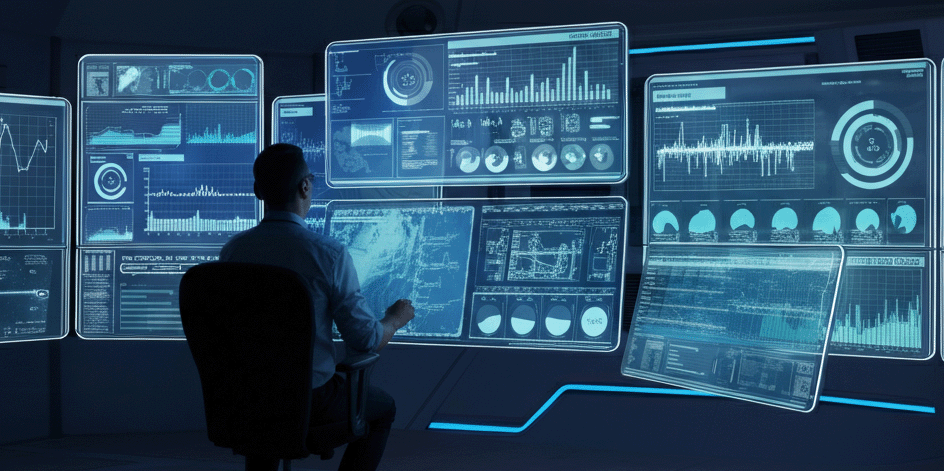

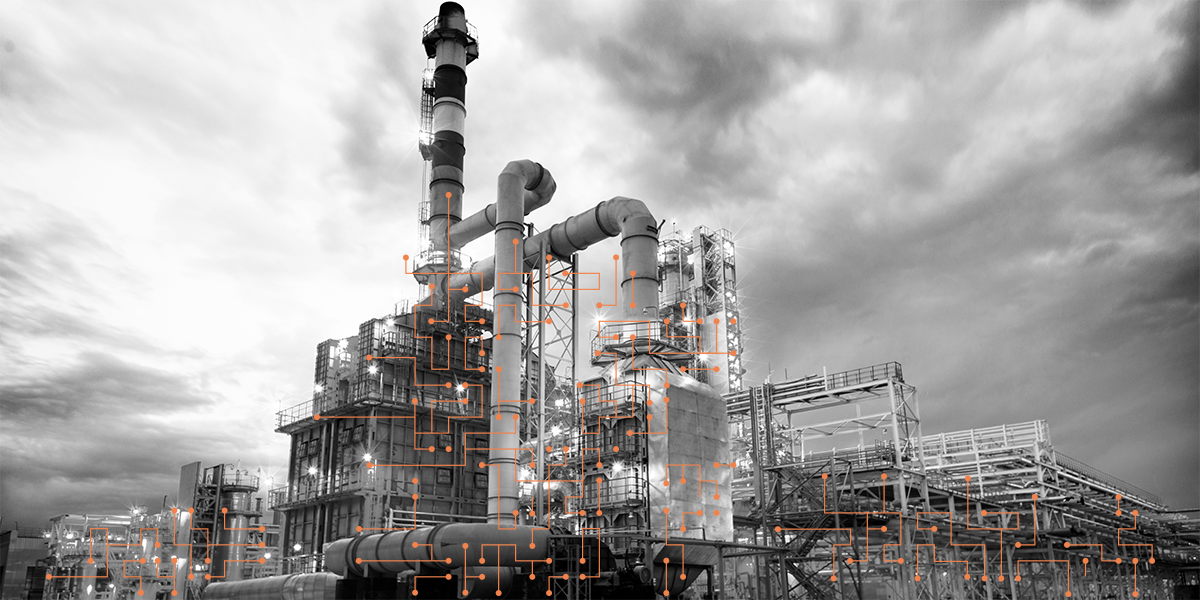


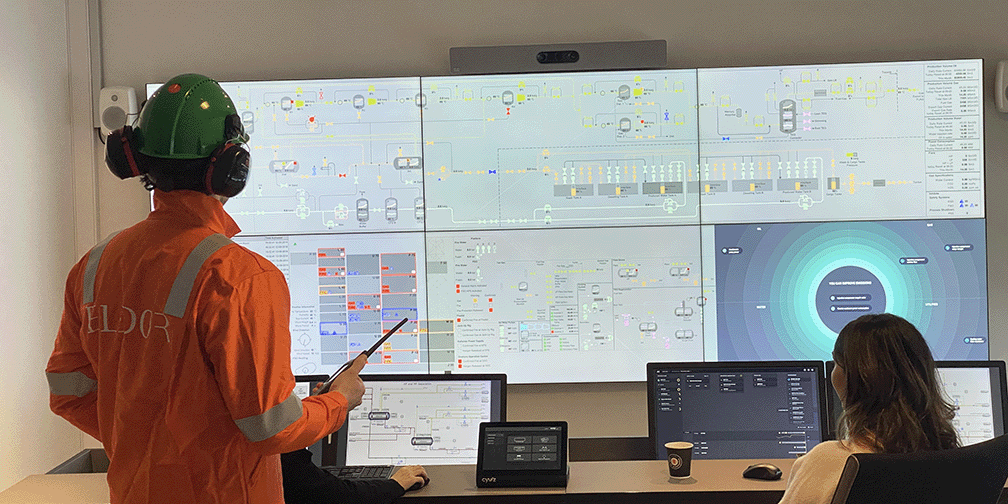


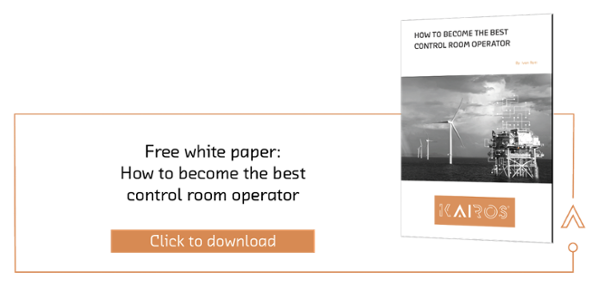



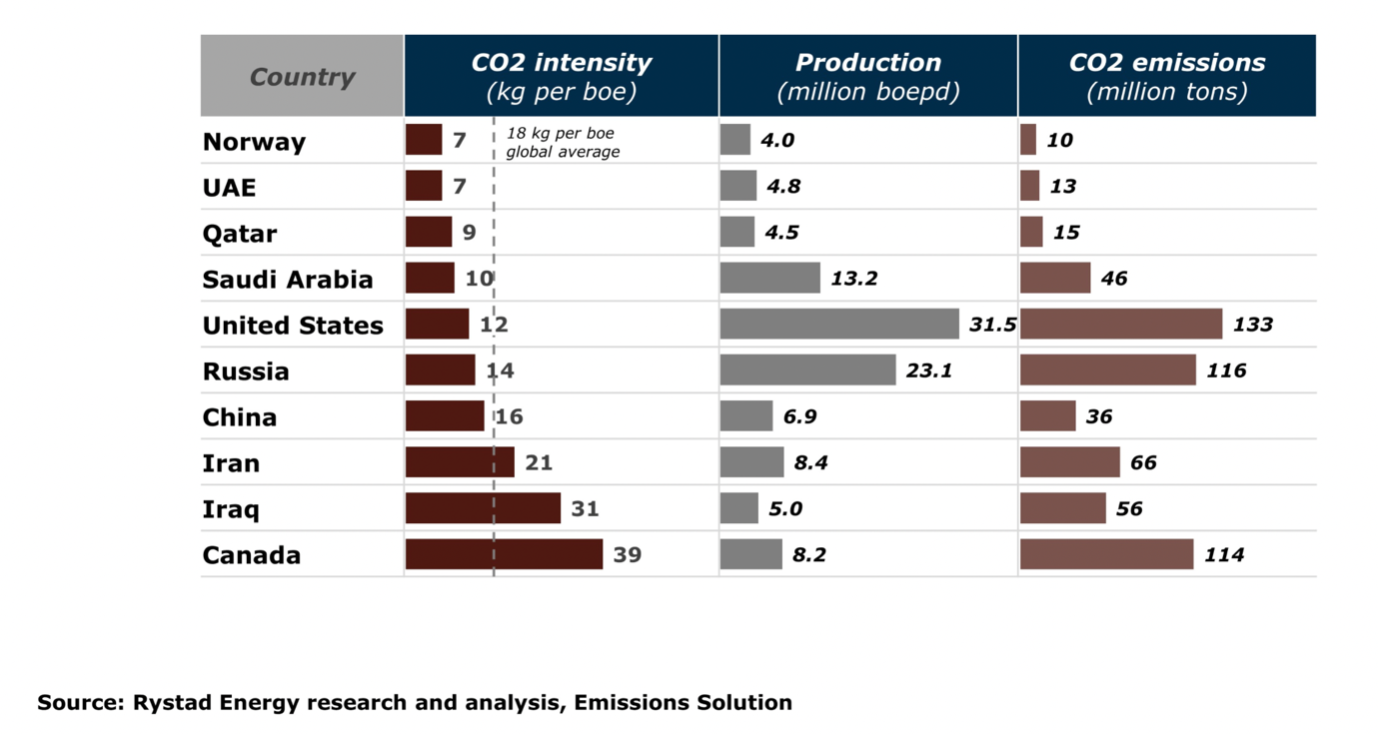
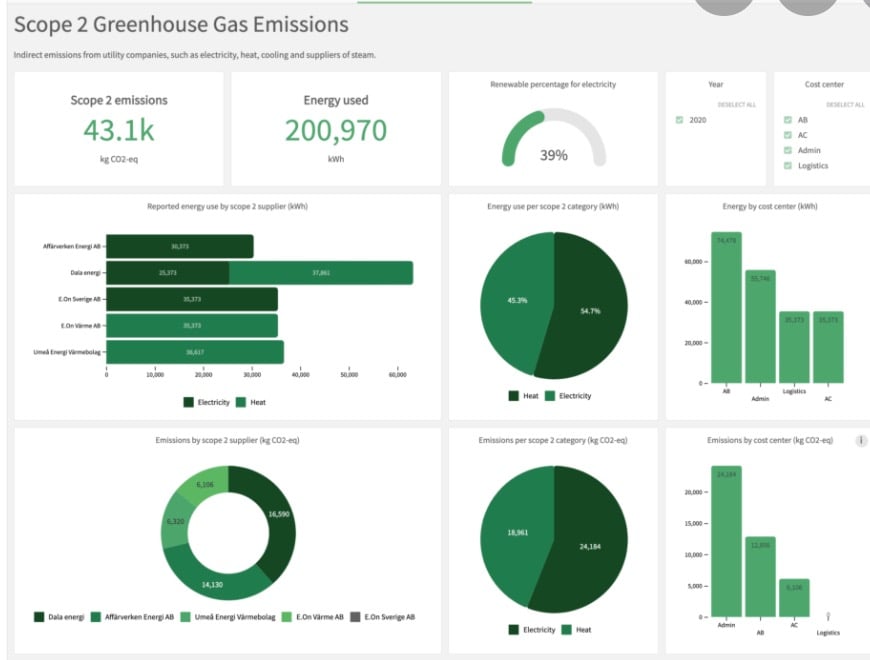

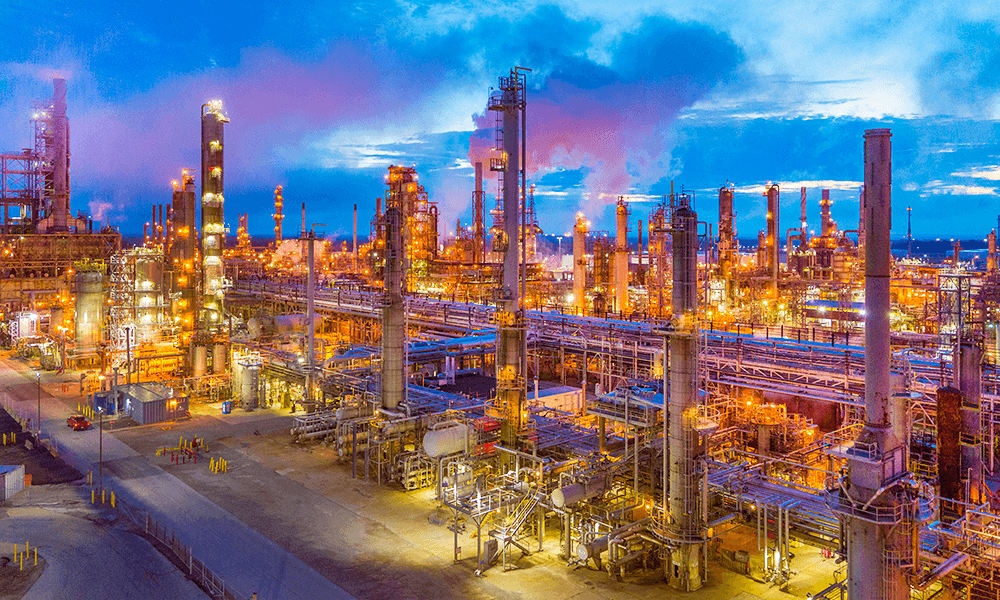
.png)


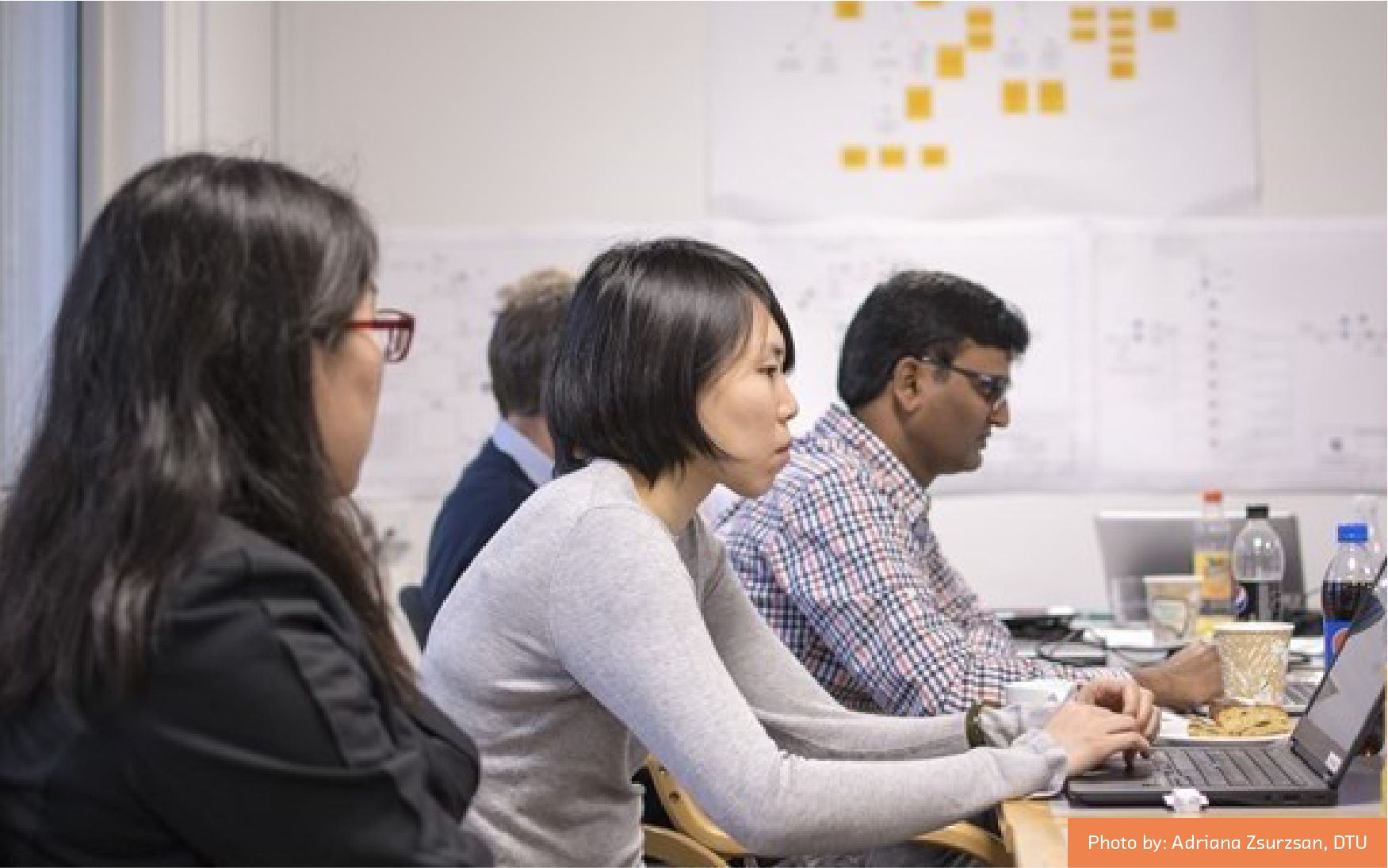
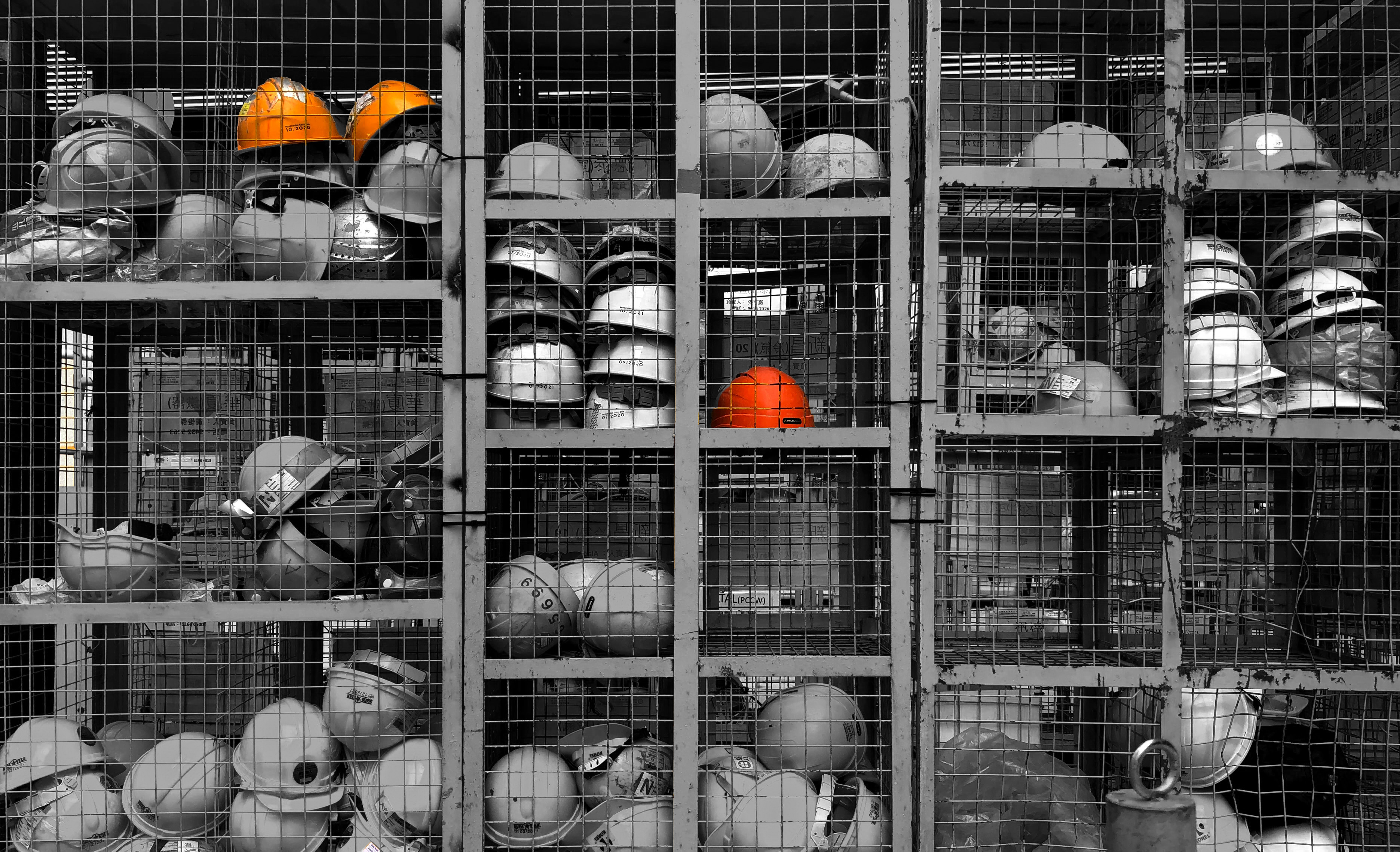
.png)
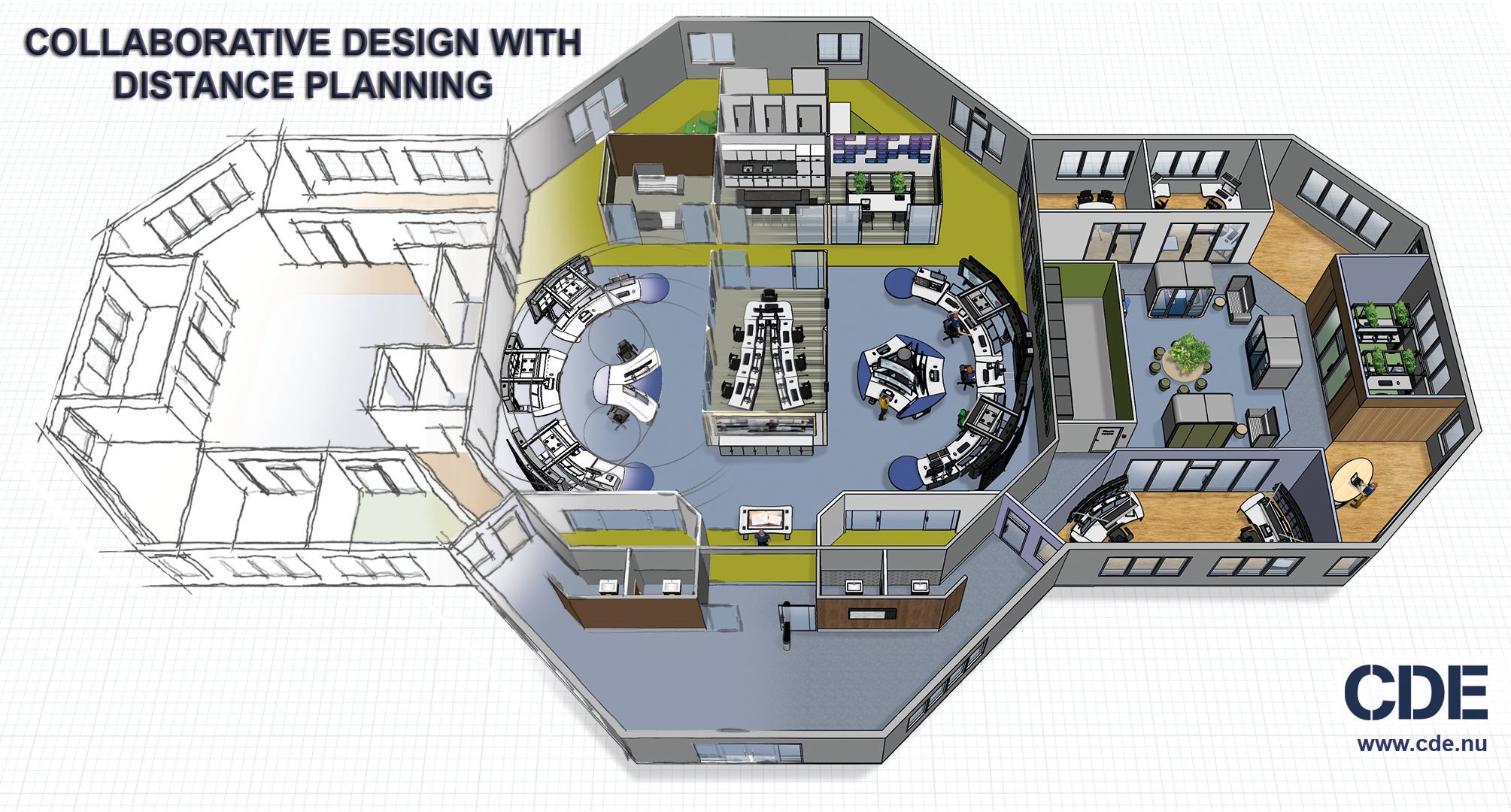
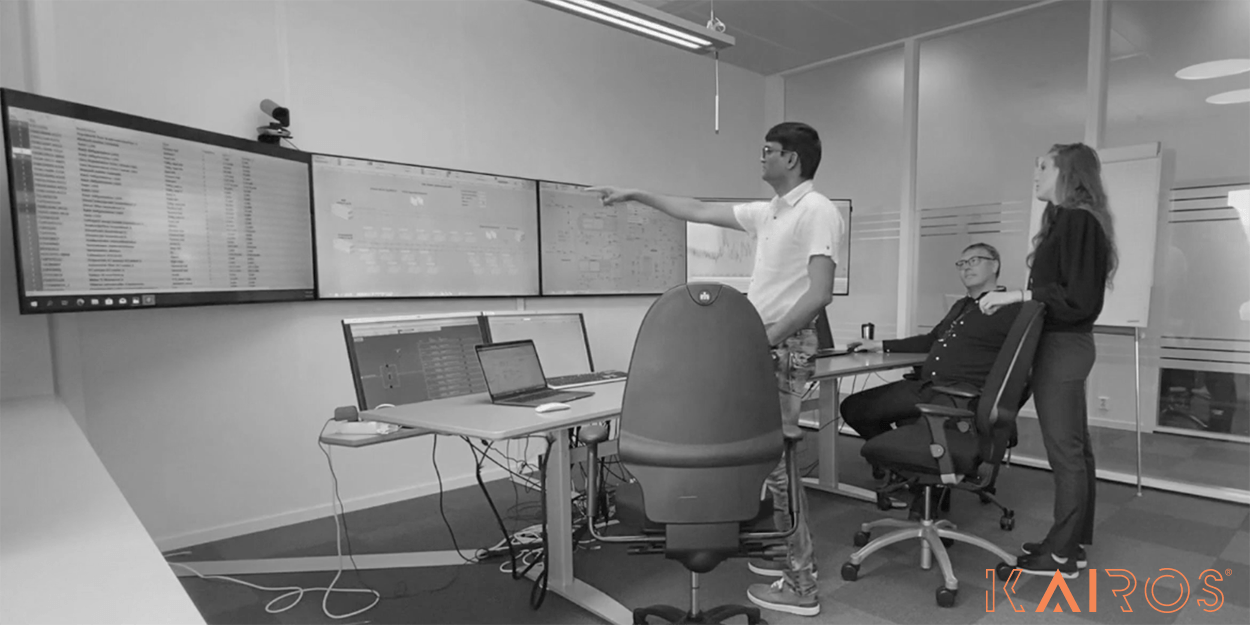


.png)
